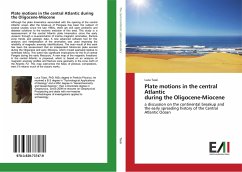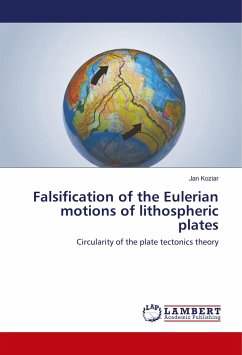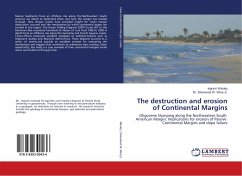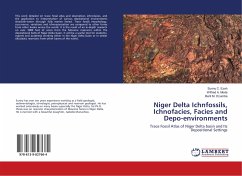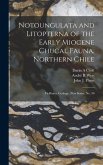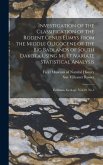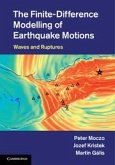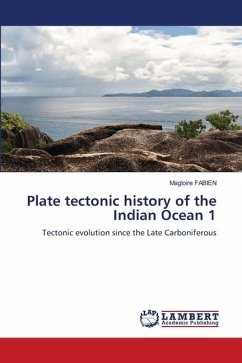Although the plate kinematics associated with the opening of the central Atlantic ocean after the break-up of Pangaea has been the subject of several studies since the late 1960s, there are still open problems and debated solutions to the tectonic evolution of this area. This study is a reassessment of the central Atlantic plate kinematics since the early Jurassic through a re-examination of marine magnetic anomalies, fracture zone trends and geologic data. A new advanced software tool for the analysis and interpretation of the anomalies was used improving the reliability of magnetic anomaly identifications. The main result of this work has been the assessment that an independent Moroccan plate existed during the Oligocene and early Miocene, which moved eastward relative to northwest Africa. This event has significant implications for the fit of central Pangea during the early Mesozoic. A new map of the magnetic lineations in the central Atlantic is proposed, which is based on ananalysis of magnetic anomaly profiles and fracture zone geometry in the zone north of the Atlantis FZ. This map overcomes the flaws of previous compilations, even if it retains much of the classic works.
Hinweis: Dieser Artikel kann nur an eine deutsche Lieferadresse ausgeliefert werden.
Hinweis: Dieser Artikel kann nur an eine deutsche Lieferadresse ausgeliefert werden.

